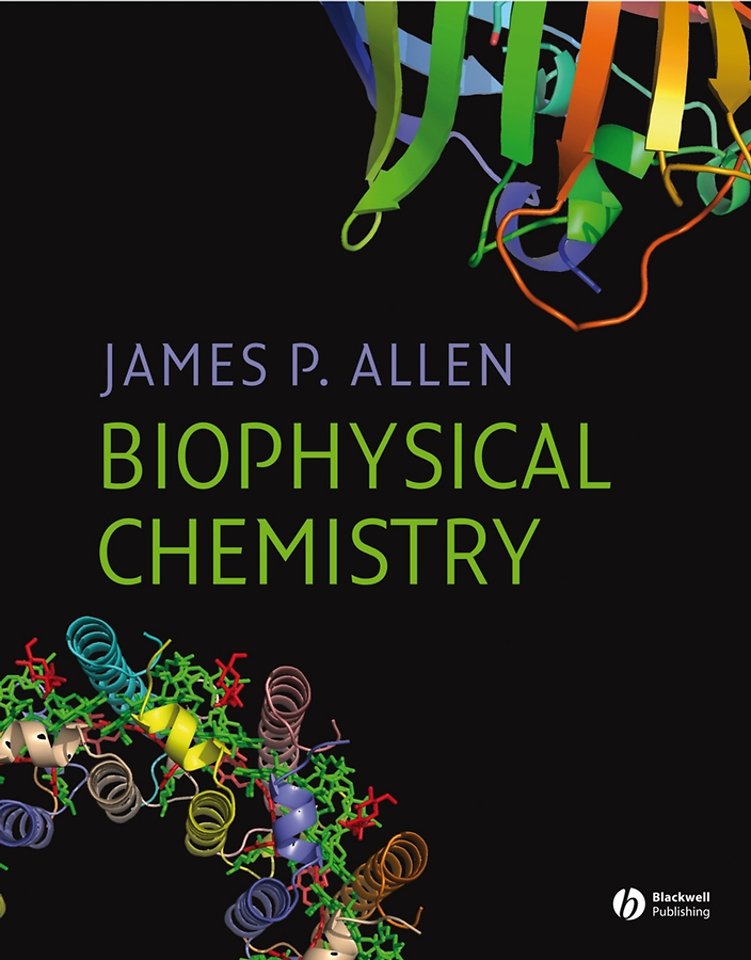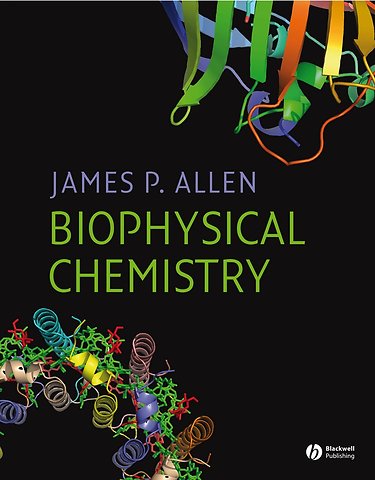Biophysical Chemistry
Samenvatting
"
Biophysical Chemistry is an outstanding book that delivers both fundamental and complex biophysical principles, along with an excellent overview of the current biophysical research areas, in a manner that makes it accessible for mathematically and non–mathematically inclined readers." (
Journal of Chemical Biology, February 2009)
This text presents physical chemistry through the use of biological and biochemical topics, examples and applications to biochemistry. It lays out the necessary calculus in a step by step fashion for students who are less mathematically inclined, leading them through fundamental concepts, such as a quantum mechanical description of the hydrogen atom rather than simply stating outcomes. Techniques are presented with an emphasis on learning by analyzing real data.
Presents physical chemistry through the use of biological and biochemical topics, examples and applications to biochemistry
Lays out the necessary calculus in a step by step fashion for students who are less mathematically inclined
Presents techniques with an emphasis on learning by analyzing real data
Features qualitative and quantitative problems at the end of each chapter
All art available for download online and on CD–ROM
Specificaties
Inhoudsopgave
<p>1. Basic Thermodynamic and Biochemical Concepts.</p>
<p>Part 1: Thermodynamics and Kinetics:.</p>
<p>2. First Law of Thermodynamics.</p>
<p>3. Second Law of Thermodynamics.</p>
<p>4. Phase Diagrams, Mixtures, and Chemical Potential.</p>
<p>5. Equilibria and Reactions Involving Protons.</p>
<p>6. Oxidation/Reduction Reactions and Bioenergetics.</p>
<p>7. Kinetics and Enzymes.</p>
<p>8. The Boltzmann Distribution and Statistical Thermodynamics.</p>
<p>Part 2: Quantum Mechanics and Spectroscopy:.</p>
<p>9. Quantum Theory: Introduction and Principles.</p>
<p>10. Particle in a Box and Tunneling.</p>
<p>11. Vibrational Motion and Infrared Spectroscopy.</p>
<p>12. Atomic Structure: Hydrogen Atom and Multi–Electron Atoms.</p>
<p>13. Chemical Bonds and Protein Interactions.</p>
<p>14. Electronic Transitions and Optical Spectroscopy.</p>
<p>15. X–Ray Diffraction and Extended X–Ray Absorption Fine Structure.</p>
<p>16. Magnetic Resonance.</p>
<p>Part 3: Understanding Biological Systems using Physical Chemistry:.</p>
<p>17. Signal Transduction.</p>
<p>18. Membrane Potentials, Transporters, and Channels.</p>
<p>19. Molecular Imaging.</p>
<p>20. Photosynthesis.</p>
<p>References and Further Reading.</p>
<p>Problems.</p>
<p>Answers to Problems.</p>
<p>Index</p>

